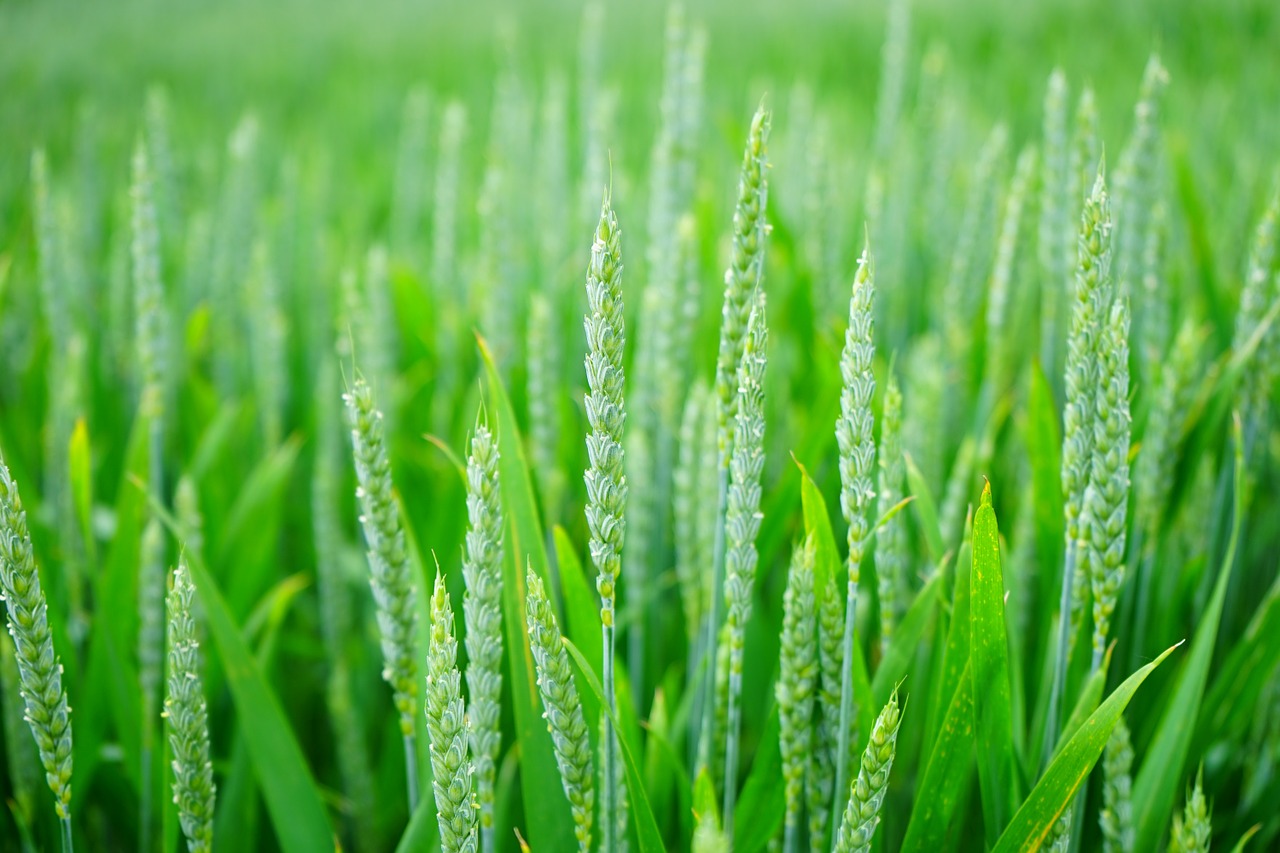Consider growing cereal grains for forage for the winter months, so you’ll be ready when it’s time to plant.
Florida’s “winter” months are a time when cereal grains can be an alternative feed source for livestock. While the majority of these grains are planted in November or December, it’s important to plan now if a ranch decides to grow cereal grains as an alternative feed source for the herd. Explore the details of using cereal grains as winter forage, compliments of a South Florida Beef-Forage Program article.
Cereal Grains for Forage
There are many different factors to consider before deciding to plant cereal grains for forage, according to the article. Ranch owners must consider the following:
- Fertility, moisture-holding capacity, temperature, and moisture content of the soil.
- Depth to the water table.
- Size and germination of the seed.
- Plant size and growth habit.
- Growing season and water requirements of the crop.
- Habits of insects, disease, and other pests.
There are four different kinds of cereal grains that can be grown as forage in the winter. Each has its own advantages and disadvantages. A look at each from the article includes:
Oat
- Most cold sensitive of the small grains, but very palatable.
- Can be used for grazing, hay, or silage
Wheat
- Similar to oats in forage yield, but less susceptible to cold injury
- Should only plant varieties that are resistant to Hessian fly
- May provide more forage later into the spring compared to oats or rye
- Can be used for grazing, hay, or silage
Rye
- Most dependable cereal grain, but poor grain producer
- Greater cold tolerance, quicker growth at low temperatures, and more uniform forage production
- Primarily used as a forage crop, but is also planted as wind break for row crops and cover crop
- Low leaf-to-stem ratio (not for hay or silage)
Triticale
- “Newer” crop; forage quality of wheat and the disease resistance of rye
- Good forage and grain potential for Southern USA
- Does not respond well to close grazing; recommended for haylage or silage if grown alone
- For grazing, consider blending with ryegrass to promote a longer growing season
Find the entire article here.
Griffin Fertilizer is committed to helping both growers and ranchers make sound agronomic and economic decisions in order to maximize the health of their grove and pasture. As a full-service custom dry & liquid fertilizer blender and crop protection product distributor, we will continue our mission to further advance Florida agriculture. For questions or concerns about your farm or pasture, contact us and one of our team will be in touch.

